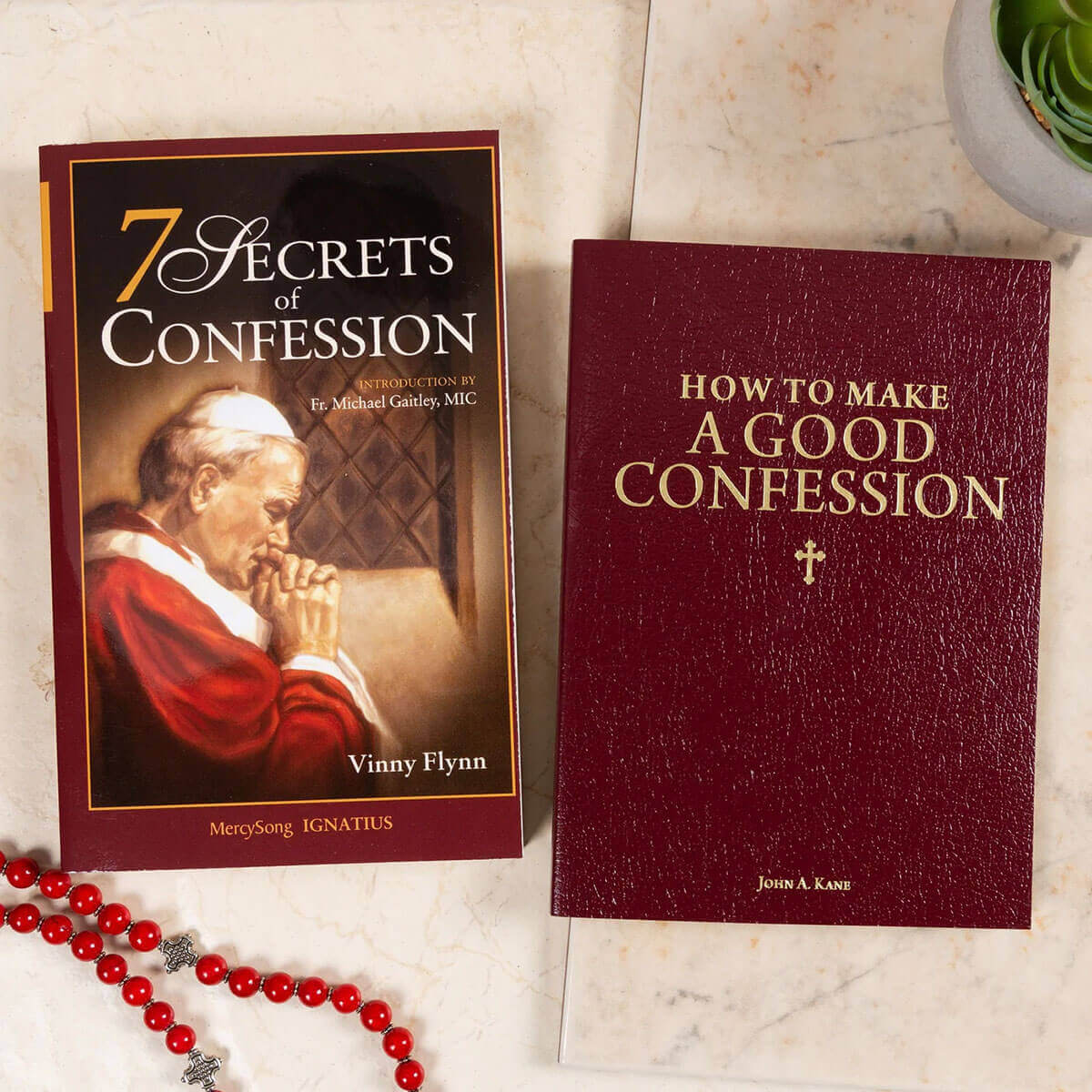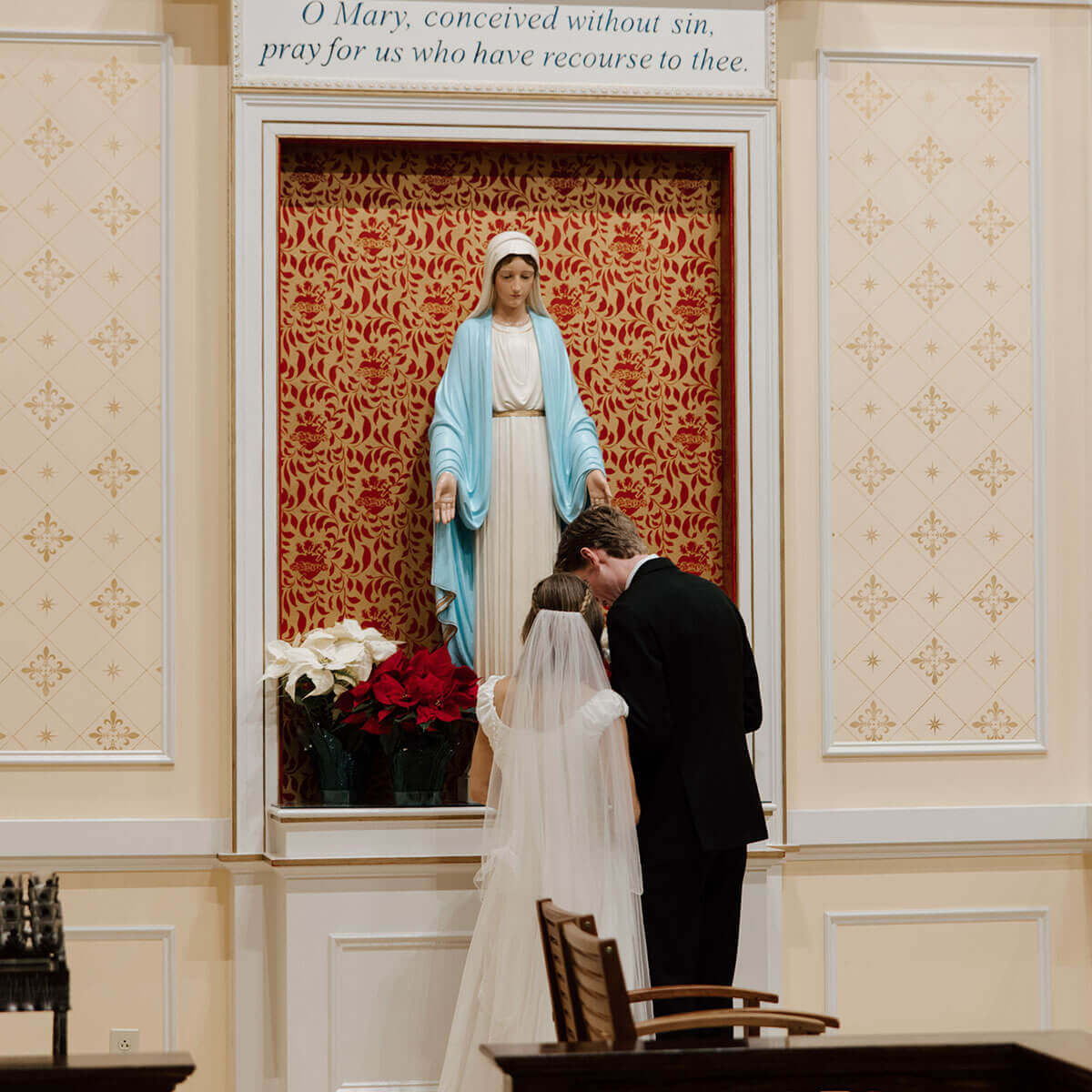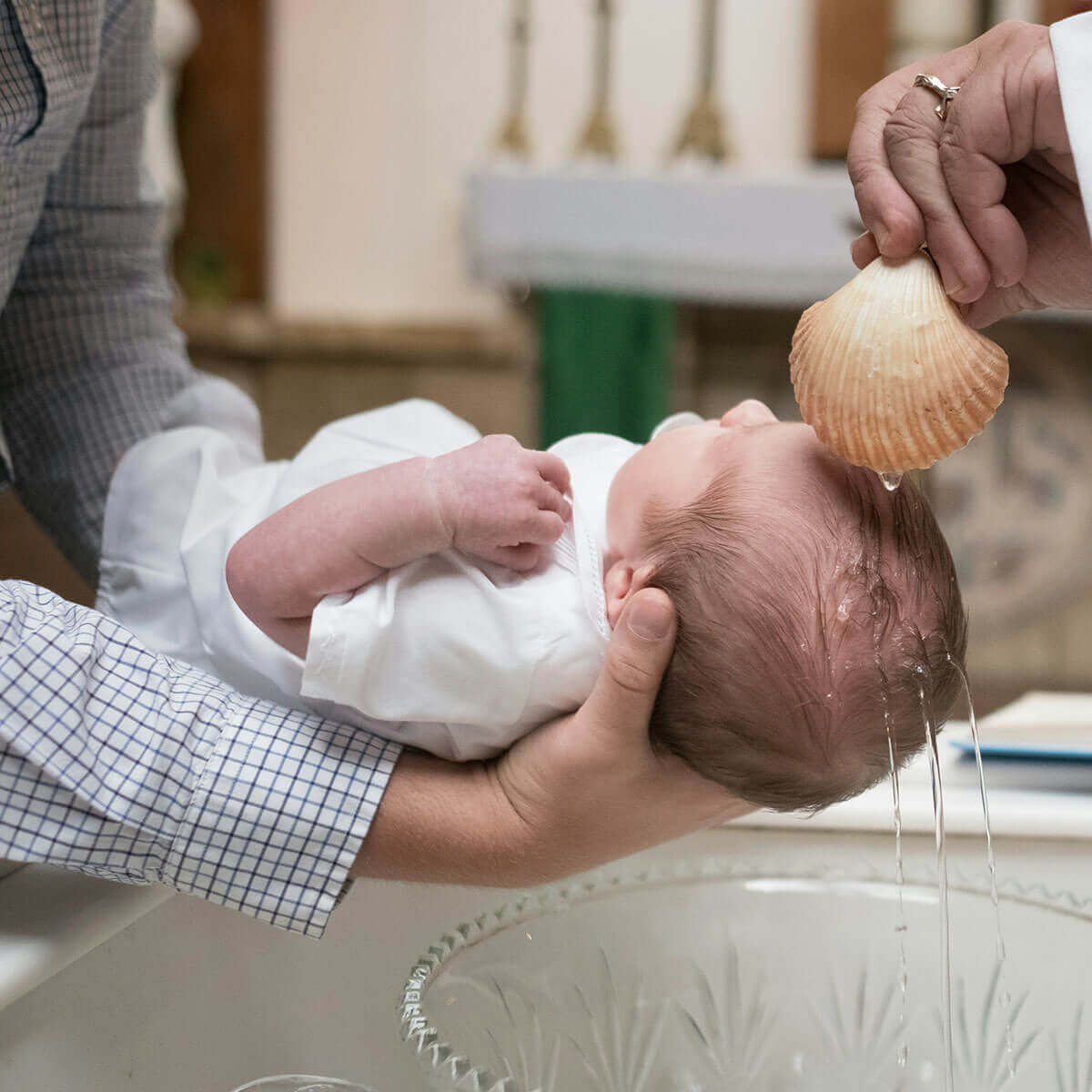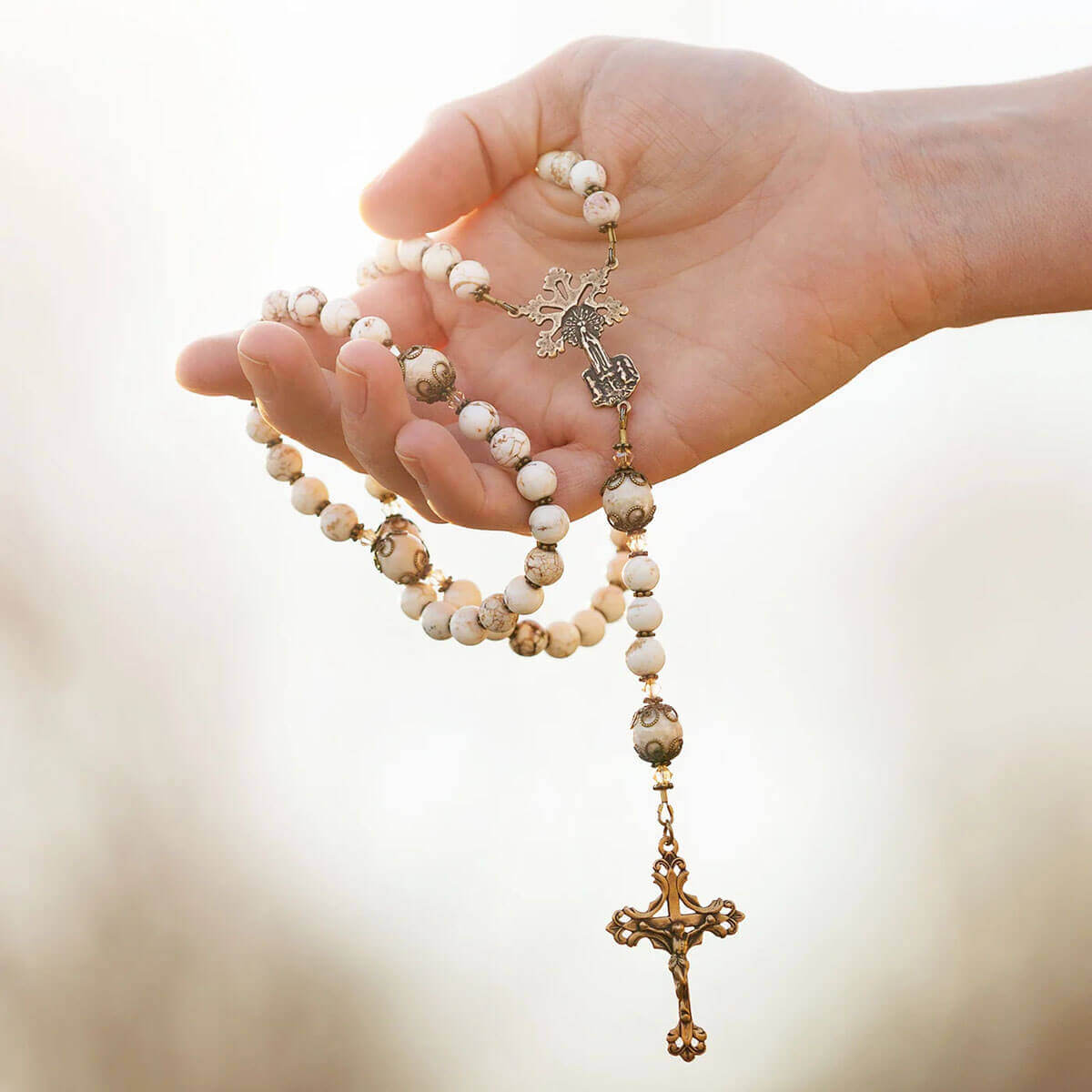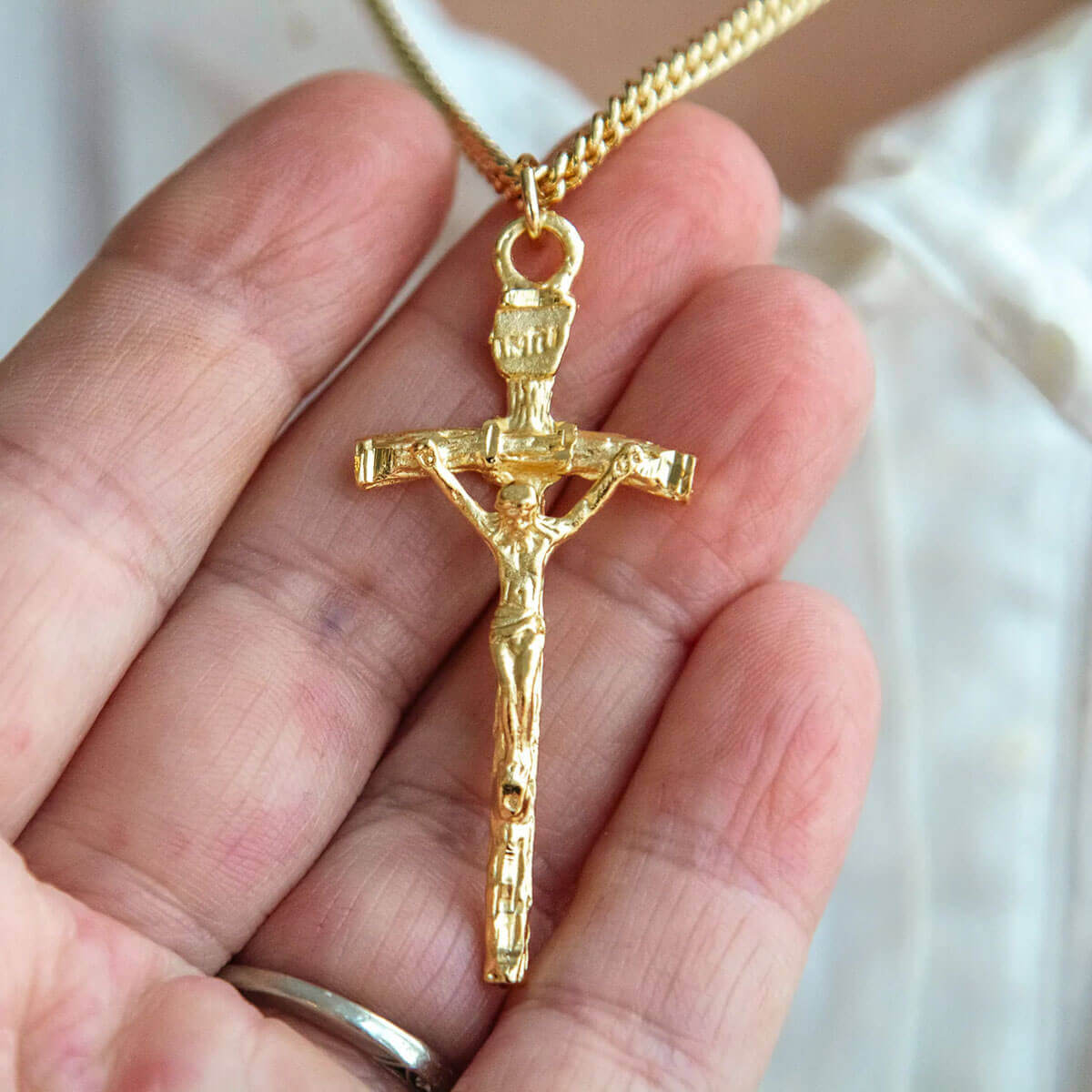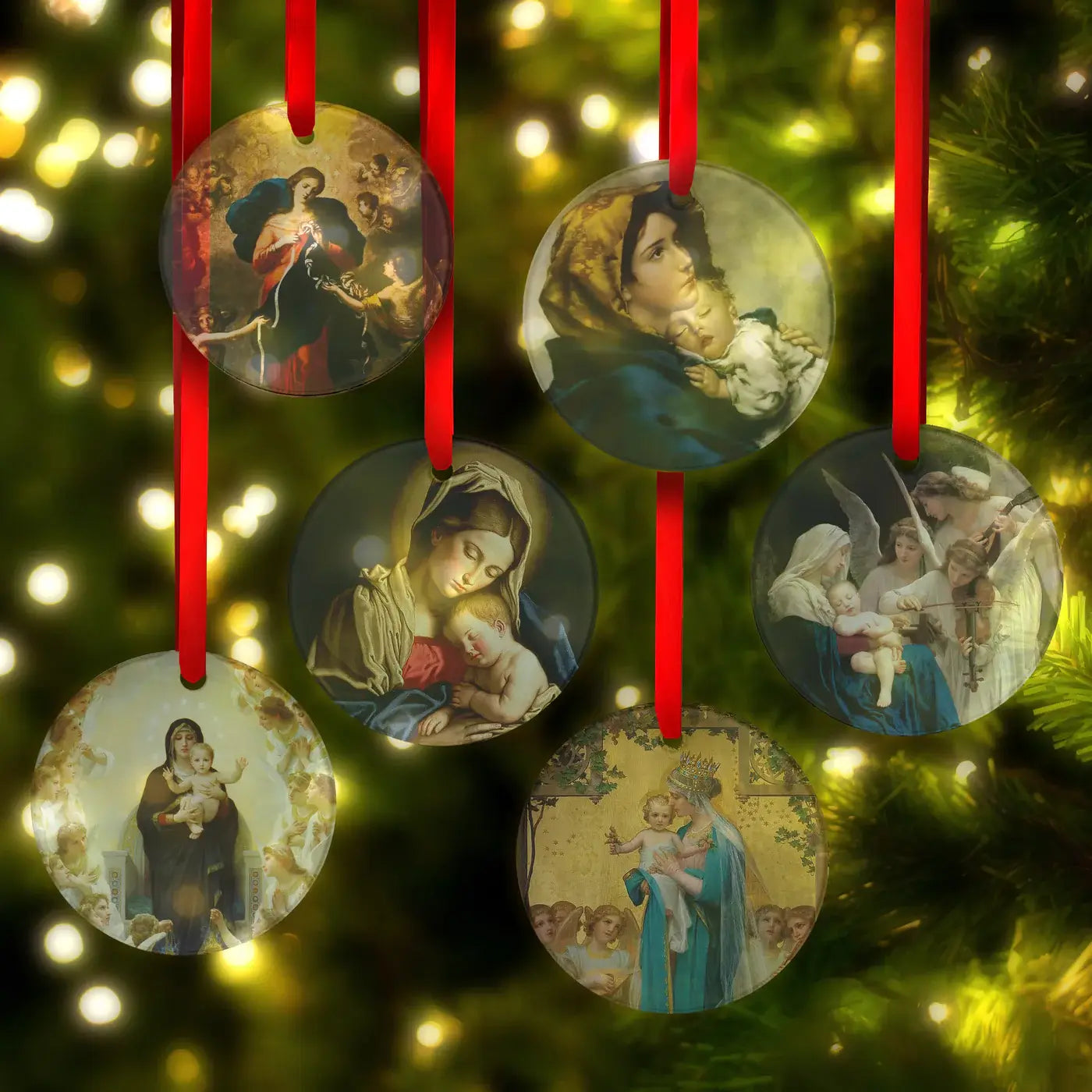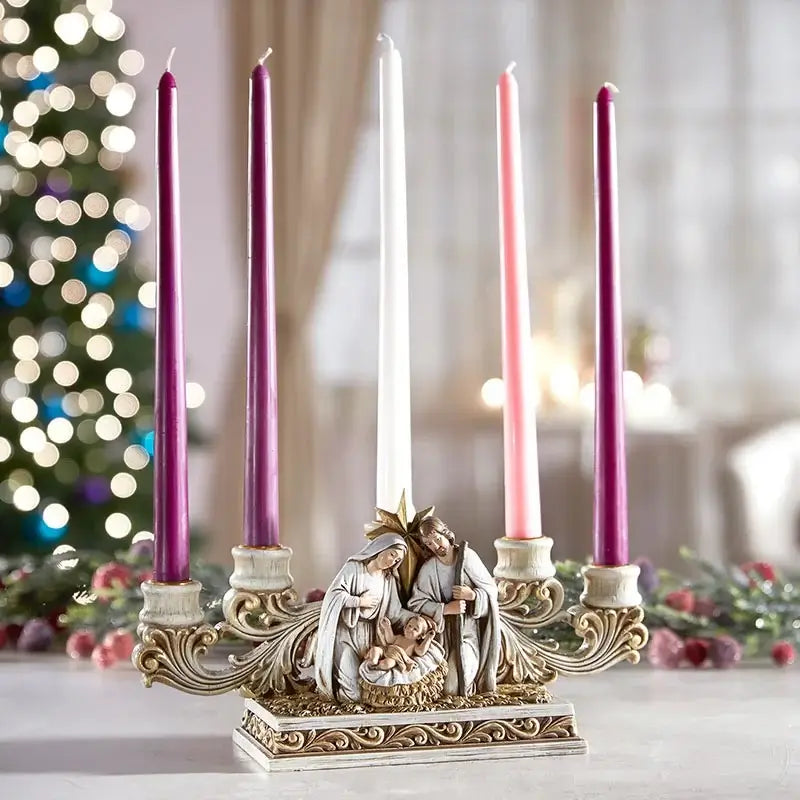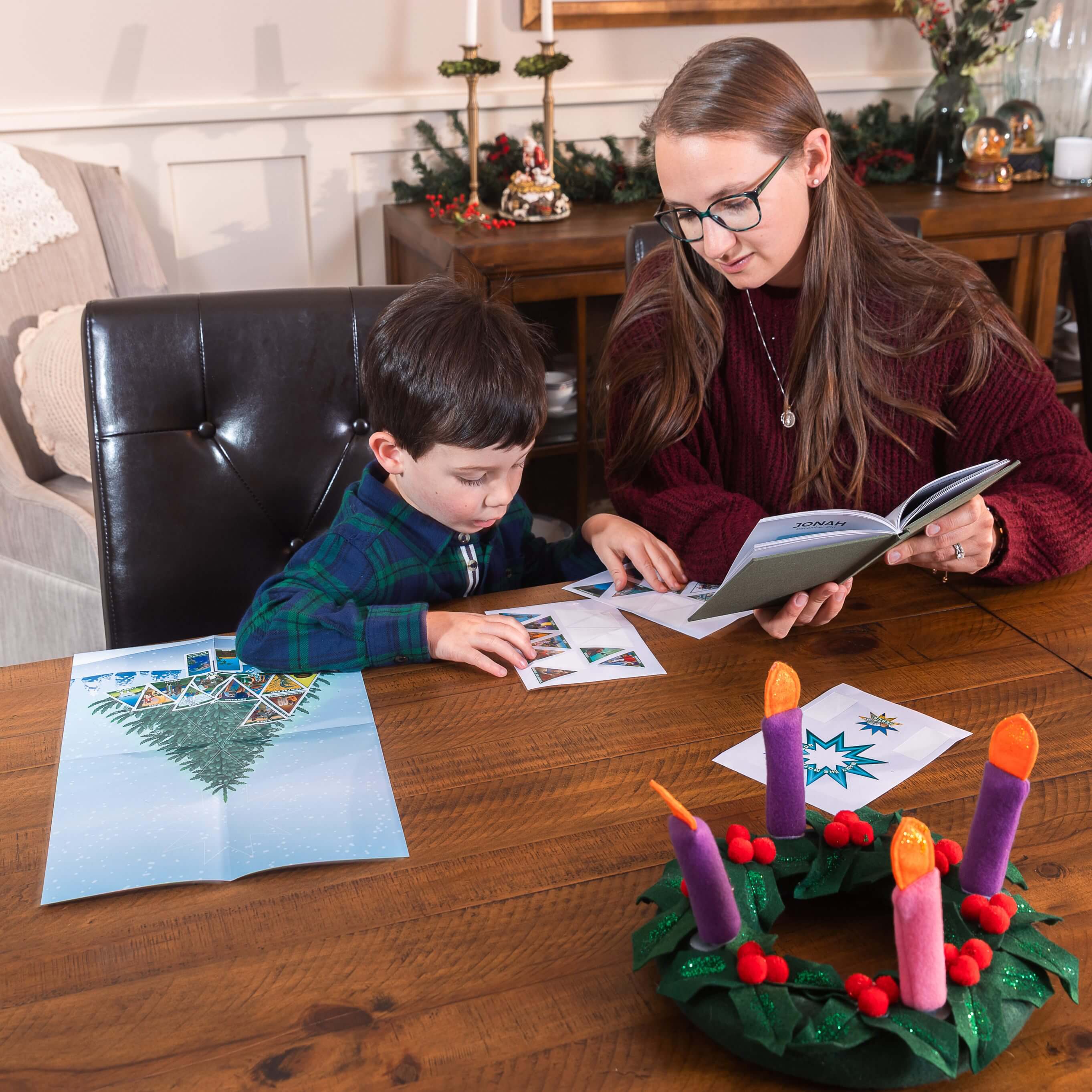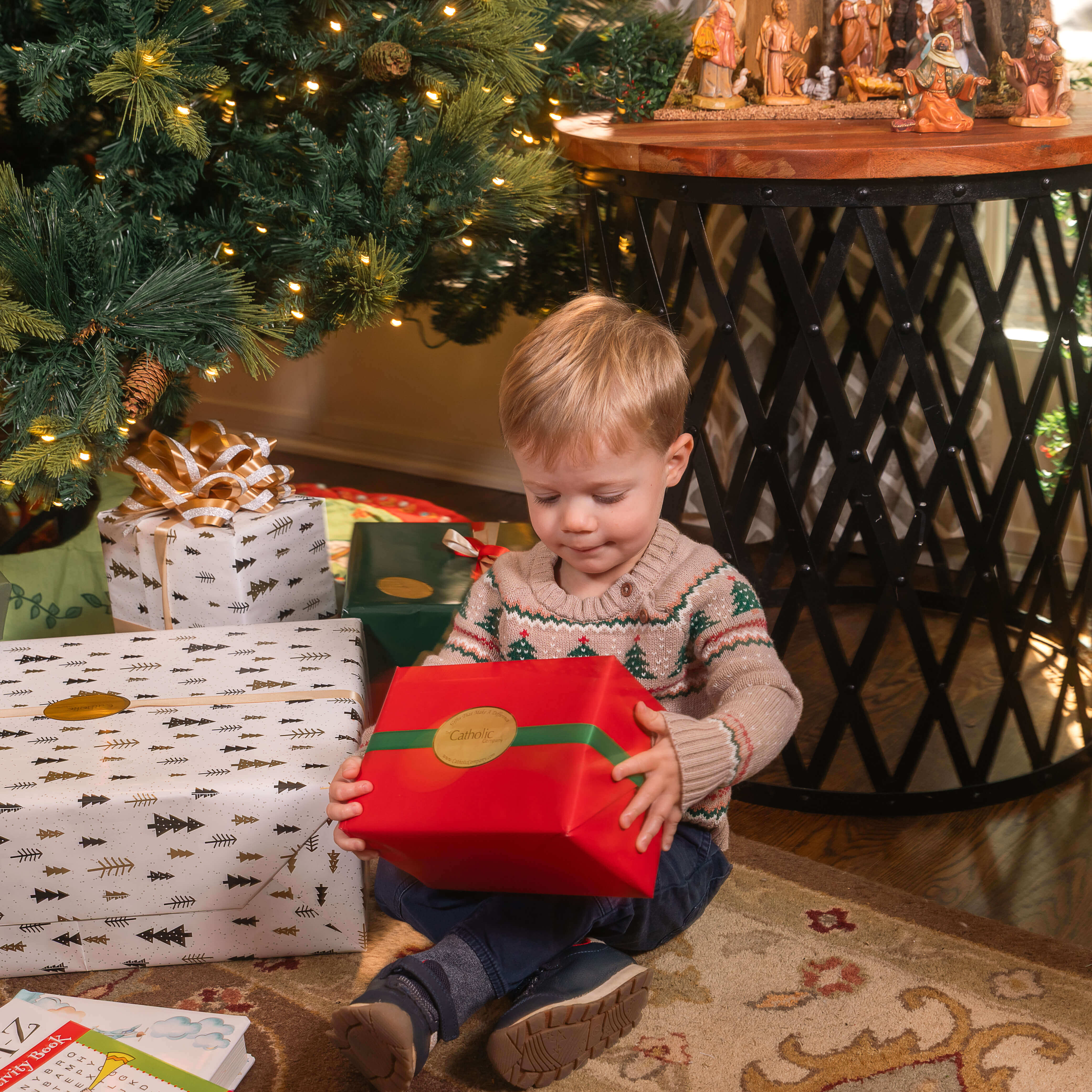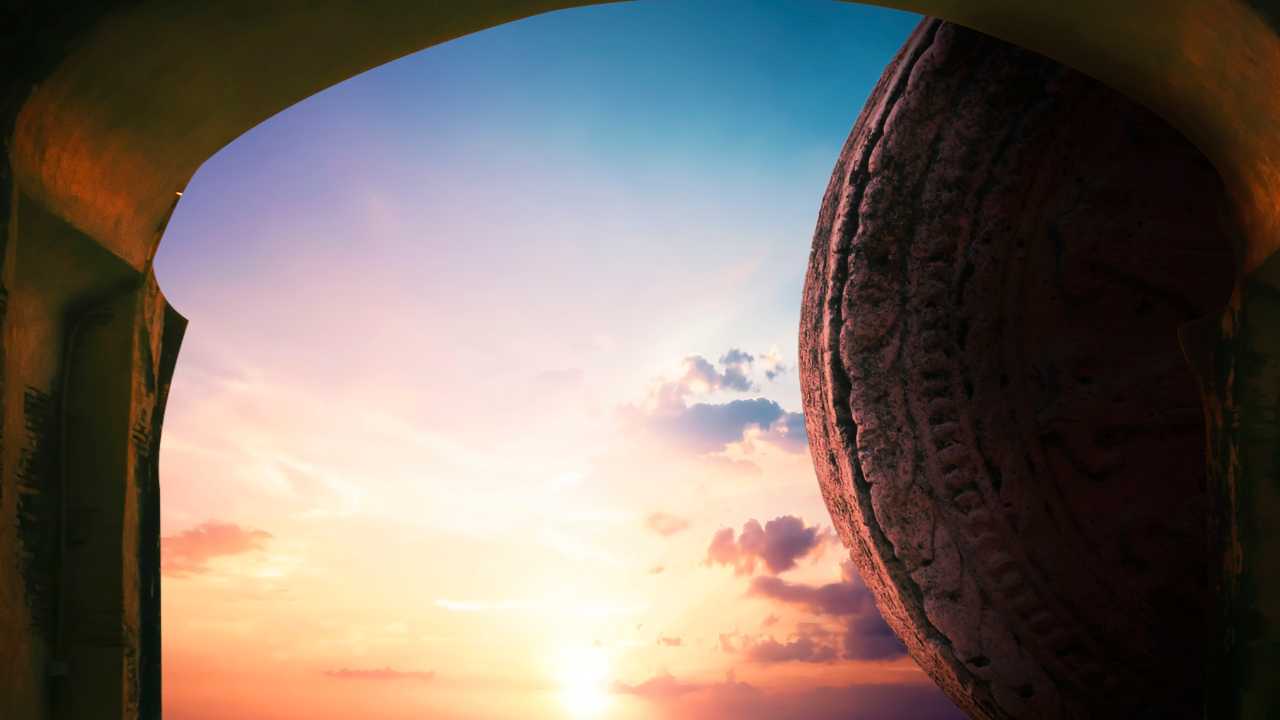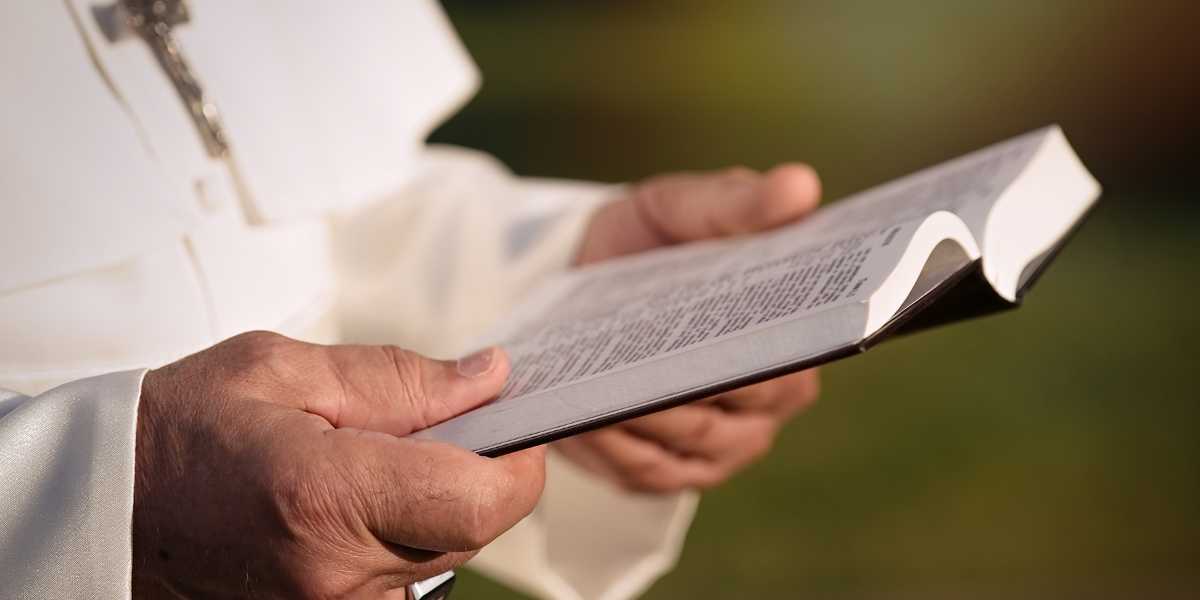The passing of a pope marks a solemn yet highly organized transition in the Catholic Church. While each pontiff may request certain modifications to their funeral and burial, centuries-old traditions largely dictate the process. From the moment of death to the election of a new pope, here’s what happens when the leader of the Catholic Church passes away.

Related: Pope Francis Good Shepherd Paracord Rosary
The Confirmation and Announcement of Death
When a pope dies, the Vatican follows a meticulous protocol. The camerlengo, a high-ranking Vatican official, is responsible for confirming the pope’s death. Historically, this involved calling out the pontiff’s name three times, but today, medical professionals verify the death through standard procedures. The camerlengo then destroys the papal signet ring, an official symbol of the pope’s authority, preventing its future use.
Once confirmed, the Vatican publicly announces the death, and the world begins mourning. Flags are lowered, church bells toll, and Catholic communities around the globe enter a time of prayer and remembrance.
The Period of Mourning and Funeral Rites
The death of a pope triggers a nine-day mourning period known as Novemdiales. During this time:
-
The pope’s body is prepared and dressed in papal vestments.
-
The body is placed in St. Peter’s Basilica for public viewing, allowing mourners—including world leaders and dignitaries—to pay their respects.
-
Special Masses and prayers take place throughout the Catholic Church.
Historically, popes were embalmed, and some had their organs removed for preservation as relics. However, modern popes have moved away from these practices. Pope Francis, for example, has requested a simplified funeral and burial.
The Papal Burial
A pope’s burial typically occurs four to six days after death. The funeral is held in St. Peter’s Square, led by the dean of the College of Cardinals, with thousands of mourners in attendance. Most popes are interred in the Vatican Grottoes beneath St. Peter’s Basilica, though some have chosen different resting places. Pope Francis, for example, has expressed his wish to be buried at Santa Maria Maggiore in Rome.
Traditionally, popes have been buried in three nested coffins—one of cypress, one of zinc, and one of elm. However, Francis has opted for a simpler wooden and zinc coffin. Like his predecessors, he will likely be buried with a rogito, a document summarizing his life and papacy.
Related: Pray for Me: The Life and Spiritual Vision of Pope Francis, First Pope from the Americas
The Transition of Power: Sede Vacante
With the pope’s passing, the Vatican enters a period known as sede vacante, meaning “the seat is vacant.” During this time:
-
The College of Cardinals assumes temporary leadership of the Church.
-
No major decisions or changes are made until a new pope is elected.
The Election of a New Pope
The process of selecting a new pope is known as the conclave. Two to three weeks after the funeral, eligible cardinals (those under 80 years old) gather in the Sistine Chapel to vote. The election follows these steps:
-
The chapel is sealed off, ensuring secrecy.
-
Cardinals cast their votes in rounds, with a two-thirds majority required to elect a new pope.
-
If no candidate is chosen, ballots are burned with chemicals to produce black smoke, signaling an inconclusive vote.
-
When a new pope is elected, white smoke rises, announcing the decision to the world.
The newly elected pope chooses a name and steps onto the balcony of St. Peter’s Basilica, where the world hears the famous announcement: Habemus Papam!—“We have a pope!”
The Future of the Catholic Church
The death of a pope is not just a transition of leadership—it is a moment of reflection and renewal for the Catholic Church. The next pope will shape Church teachings, global outreach, and diplomatic relations. With over a billion Catholics worldwide, this change impacts millions of lives and the future of the faith.
While each pope brings his own vision, the traditions surrounding the passing of a pontiff remain a solemn and sacred process, ensuring stability and continuity in the Catholic Church.
Related: How Do I Explain Lent to Non-Catholics?
Pope Francis: A Transformative Papacy

According to reports on Easter Monday, April 21, 2025, Pope Francis died at the age of 88 at his residence in the Vatican's Casa Santa Marta.
Pope Francis, was born Jorge Mario Bergoglio in Argentina, became the first non-European pope in over 1,300 years when he was elected in 2013. A strong focus on humility, social justice, and outreach to the marginalized marked his papacy. He emphasized environmental stewardship, championed the poor, and sought to reform aspects of the Vatican’s governance.
Unlike many of his predecessors, Pope Francis signaled a preference for simplicity in both life and death, requesting a stripped-down funeral and burial. His legacy is one of compassion, dialogue, and a commitment to modernizing the Church while upholding its core traditions.
Want to explore our stunning Pope Francis products? Visit our site here.



